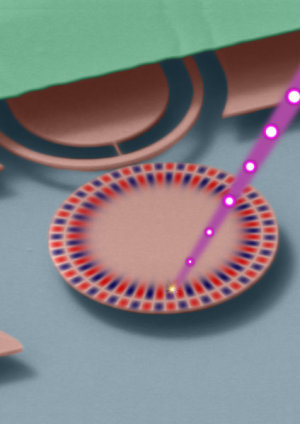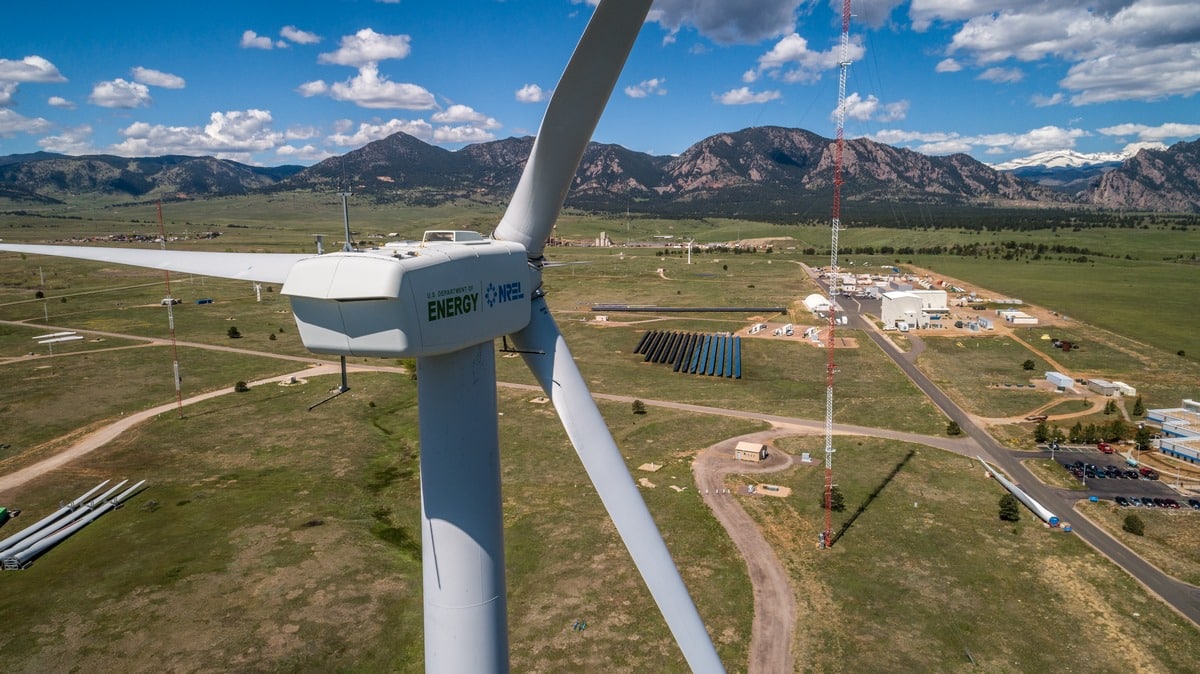Are we alone in the universe because all the aliens went extinct?
If we’re alone in the universe, then the big question is: Why? There are billions upon billions of Earth-like planets out there. Surely, life would have evolved many times over. But lo, Jody Foster couldn’t find any back in 1997, and today, almost 20 years later, we’re still searching. This conundrum is known as the Fermi Paradox, named after physicist Enrico Fermi, who famously asked “Where is everybody?” one day while eating lunch with his colleagues (note to self: nix the sad desk lunch; you’ll never get a paradox named after you this way), and scientists have been scratching their heads over it for decades. But in a new paper published this week in the journal Astrobiology, two researchers from the Australian…













